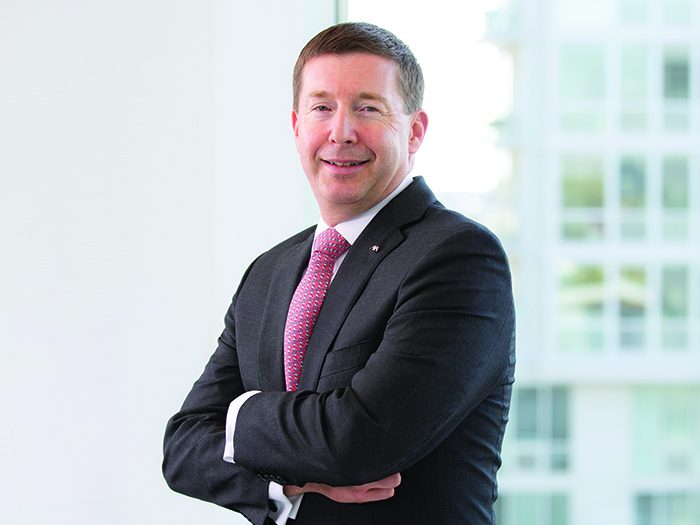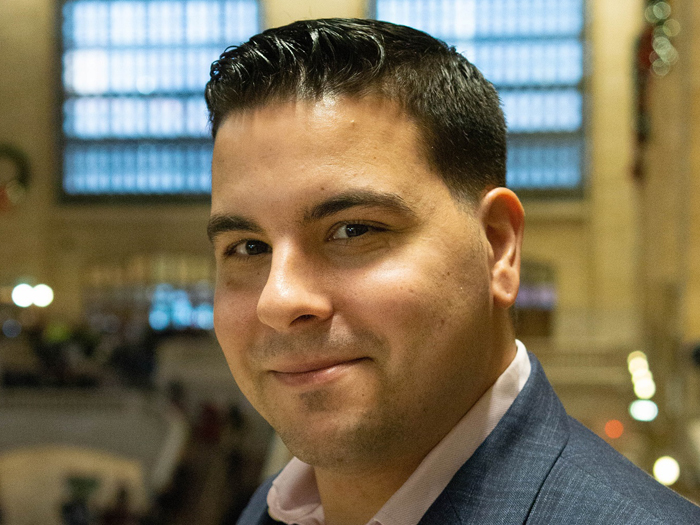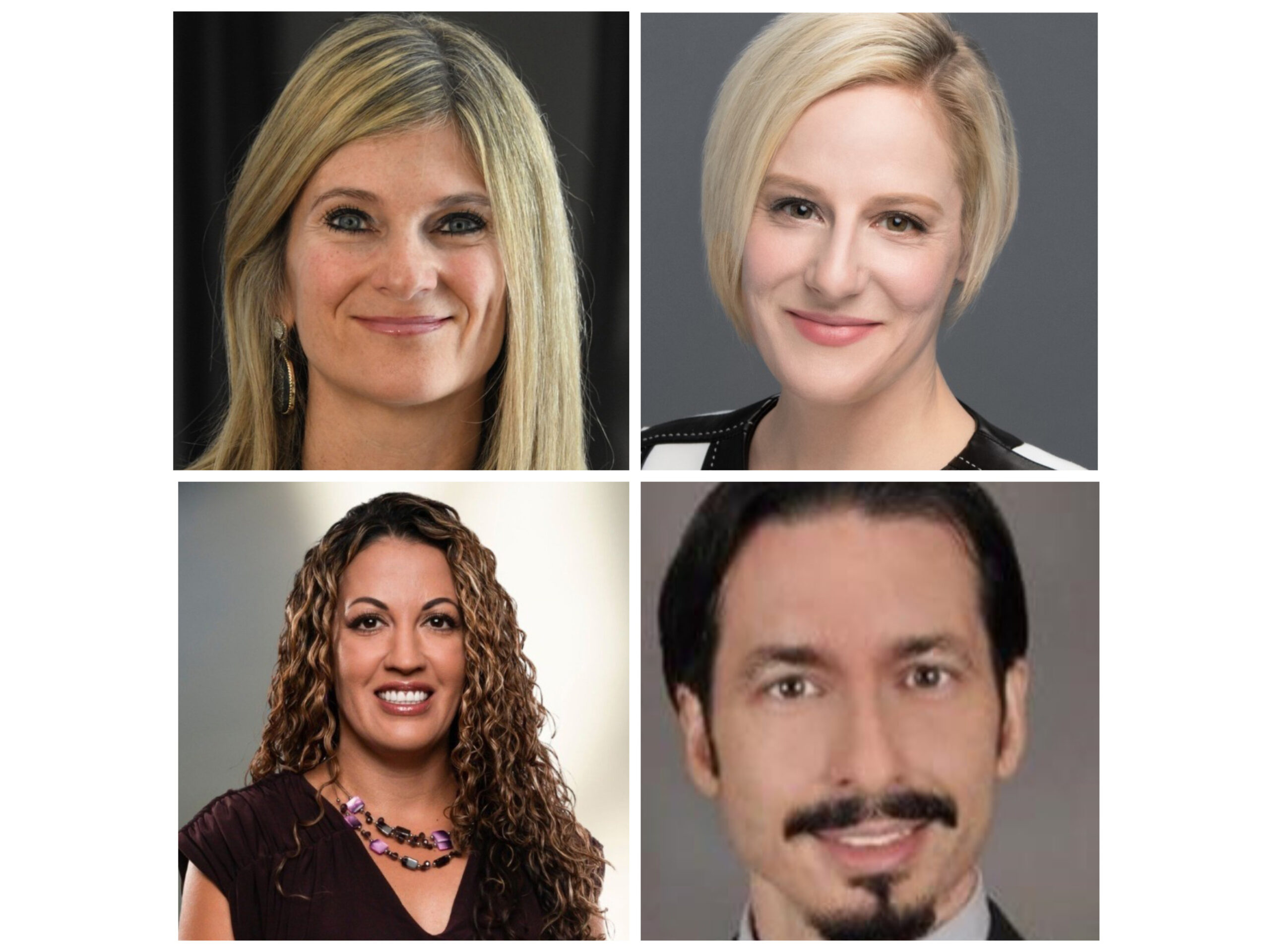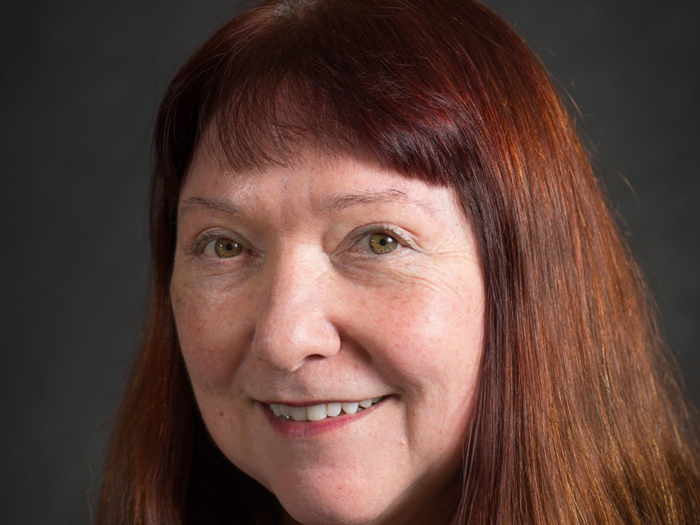AXA XL’s President of P&C Insurance Discusses in Detail the Future of the Newly Merged Company

In March, AXA announced that it inked a deal to buy Bermuda-headquartered XL Group in a collaboration valued at $15.3 billion. But the March deal was not the first time in recent memory that the XL name came up in connection with a blockbuster merger. It was just three years ago that XL Group announced it had completed the acquisition of Catlin Group Ltd. in a deal valued at $4.28 billlion.
Now Greg Hendrick, a 23-year veteran of XL, and a veteran of many mergers, has been tapped to head up AXA XL, the property/casualty and specialty division of AXA, as its president and CEO. Risk & Insurance® sat down with Mr. Hendrick in his office in Stamford, Conn., to get his views on the potential of the new division.
Risk & Insurance: Tell us about the structure of AXA XL. What is it being built to accomplish?
Greg Hendrick: One of the motivating factors for AXA and for the XL transaction was pivoting from what had been a company more dominated by life and financial market risk to more of a P&C company focused on “technical risk” — a P&C market exposure as opposed to a financial market exposure.
So, XL coming into the AXA Group creates an immediate diversification benefit for them. In terms of sizing, it’s about a $19 billion gross premium company — these are round numbers — $5 billion of it in reinsurance, globally in property/casualty, and about $14 billion of it across a whole host of lines of business.
R&I: What advantages does the combination create for the company?
GH: One, it completes our product set. If you look at it from AXA’s perspective, you’re bringing in a big specialty book of business. And it’s a big professional book of business that AXA didn’t have access to before.
If you’re looking at it from the XL perspective, we pick up things like employee benefits and motor fleet. Those things might not end up on the XL income statement, but it gives us a strong set of products to be able to cross sell to other customers.
It also broadens geographic reach. For AXA Group, it adds North America P&C, which they had no exposure to, so it’s a real diversifier for them. It happens to be a strongly performing line for us. So they get a U.S. and a London base, combined with the strong European base that exists within the XL Group. Altogether we are going to have a very strong global footprint.
R&I: What benefits do these changes bring about for the insureds and the distribution network?
GH: We at AXA XL now have the ability to access and serve a broader range of customers. We have been historically broker-only and very dominated by the top five to ten brokers in every country as our main production source. This gives us access to the smaller brokers and agencies that AXA uses. We now have a whole new ability to get after a different set of risks that we didn’t have before.
I think one important thing is the advisory capability that we have. Whether it’s cyber, kidnap and ransom, environmental — there is normally built into the policy a pre-loss and a post-loss set of services. So, it’s not just a premium, a policy and a claim.
This risk advisory idea, or the idea of moving from payor to partner, is the big push we’ve got going on at AXA Group. That, we believe, plays very strongly into the large risk management space.
It’s a natural fit to try and get out of that loop of trying to figure out ‘how do I sell property or casualty insurance for less? How do I shave a few points off of the expense ratio?’ It’s much more around becoming a thoughtful partner with how we think about the risk profile.
We’re also pretty excited about an announcement we just made that we’re going to sell cyber policies through Slice.
In October, AXA XL launched an on-demand cyber insurance product for small and medium-sized businesses. In combination with technology provider Slice ICS, the product provides real-time intelligence to proactively counter cyber threats. It also provides insurance coverage for companies with under $20 million in revenue, with limits ranging from $250,000 up to $3 million.
The idea is taking a policy we normally sell with a $5 or $10 million limit in cyber, bringing it down to $250,000 to $3 million for small commercial and providing [a set of] services, but in a more ‘click, click, click’ way. And then boom — no one has to touch the policy and off you go. That idea, in a nutshell, is what we gain access to in terms of a customer base with the AXA network.
“I think one important thing is the advisory capability that we have. Whether it’s cyber, kidnap and ransom, environmental — there is normally built into the policy a pre-loss and a post-loss set of services. So, it’s not just a premium, a policy and a claim.” — Greg Hendrick, president and CEO, property/casualty and specialty division of AXA, AXA XL
R&I: As you’re heading up this new division, you’re looking at your competition; how does this new structure differentiate itself from the rest of the markets?
GH: First off is always innovation. It’s what we’ve earned our name from over the last four or five years. Customer service has always been [a differentiator] for us at XL. Now at AXA XL, we feel we do that as well, or better, than anybody. That comes in the form of listening to customers and being agile and nimble.
I think the last piece is global. There are only a handful of companies that can offer a large corporation a globally compliant offering across a broad set of products. When we were XL Group alone, we were the smallest of the bunch that could do that. Now with AXA and us coming together, we’re on the bigger side.
R&I: One thing that always comes to mind when there is a merger is integrating different cultures. We wanted to get your take on all these pieces coming together and what challenges there may be in making it all work.
GH: Change management is the first thing. Regardless of how you view it, acquirer or the company being acquired, I’ve been on all sides of it. I was acquired in 1998, I have been with the acquiring company for the past 15 years or so, and now I’m being acquired again.
It’s hard when you are the acquirer, because you are not exactly sure what you’ve bought. You need to change and adapt to some of the new ways that are coming in. When you’re acquired, you say, my God what have I gotten myself into and how is this changing?
There are some tips and tricks that you follow to get people to adapt to that change as best you can and as quickly as you can. You need to be disciplined when you enter into one of these integrations. You have to have a project plan and you have to be very, very disciplined about how you achieve things on the expense side. That’s one of the main pieces of this. Now this one happens to have a large growth component as well.
The good news for us is, I’m not going to claim that we are the best at it, but we have certainly done this many times over and we just had one three years ago [the merger of XL and Catlin], so we know pretty well what we’re doing when we come into this.
R&I: Because AXA is a French company, does that add a little twist to it?
GH: Yes, in a tactical sense. Whenever you get into a situation with the bigger European insureds, whether they are French or German, for example, you’re going to be in consultations with a workers’ council. It’s not insurmountable; it’s just following the rules and the processes and communicating. Again, it’s communication and change management.
But as to AXA in the market, it’s a global company. The language of the company is English. Is it historically a large French institution? Absolutely. Are there some things that come with that occasionally? Yes. But it’s an institution of people. The differences in the end are not significant.
R&I: When you look at the economic landscape, what are the risks you think your clients are really going to struggle with?
GH: I’ll start with the bigger picture. One, this movement from tangible to intangible value. That to me is the biggest change our clients face. So, what gets bucketed there? Cyber; we’re a top three carrier in it. I’ll admit also that we are just scratching the surface of that marketplace. So cyber is the conversation we have the most.
In that same bucket would be intellectual property; valuing it, because so much of the value is tied up in non-physical assets. I wouldn’t say we have a product yet, but our crisis management team is thinking about how they could make that happen, and that would involve reputational risk as well.
Some of that can be so strategic to the institution that you can’t provide insurance for it. If we had to give up everything that we did around prevention and mitigation, the last piece I would give up is the post-response piece, because that can define whether you are looking at a $1 million loss or a $100 million loss.
R&I: So AXA now becomes the largest P&C commercial company. We talk about scale a lot. How do you view the importance of scale and size as a benefit?
GH: I think size is a benefit. But I always preface this by saying I still believe there will be a place for smaller, niche specialty companies. The difficulty for those carriers is that they have to outperform steadily, continuously, over time. That’s tough to do in a risk business.
Size doesn’t cure everything. But we are now part of a group where we can serve an individual small business, a medium-sized business, a large corporate institution, and in our insurance book we have companies across life, health, employee benefits, accident and health and property/casualty.
R&I: You started as an actuary. Where do you weigh in on this debate about the role of the underwriter and how it should be balanced with the use of predictive analytics?
GH: When you have a large number of transactions, data analytics allows one person to do what 20 people used to do and do it in a more efficient and better way.
But as you go up the risk curve and get into where we are most of the time, which is a fewer number of transactions of large size, you can’t unleash that unsupervised. Could that happen someday, say in 20 years or 50 years? Perhaps, but it’s a long way away. And there are so many different variables when you are building a global program for a Fortune 500 client. But I am a huge believer in analytics. I’ve always used it and I’ve always felt it’s an advantage.
R&I: What about this wave of Insurtech; how much traction do you think it’s going to get and how soon?
GH: It won’t come as fast as it did in banking. It’s going to take a bit longer.
That goes back to human nature. People don’t wake up in the morning and think, ‘How’s my homeowners insurance doing?’ It’s not only personal lines. The CFO doesn’t want to spend his or her time on protecting the downside. They want to spend time thinking ‘how do I build this business and grow it for the future?’
“Size doesn’t cure everything. But we are now part of a group where we can serve an individual small business, a medium-sized business, a large corporate institution, and in our insurance book we have companies across life, health, employee benefits, accident and health and property/casualty.” — Greg Hendrick
R&I: When you look at your career, Greg, what experiences do you think prepared you for the role you are in now?
GH: The first piece would be going to Bermuda. I don’t want to compare it to being an ex-pat in Shanghai, but it was the first opportunity to get out of the United States, to get exposed in a meaningful way to Lloyds’ and other large carriers that would come through Bermuda. I was fortunate to meet Michael Butt at the time.
Michael Butt was president and CEO of Mid-Ocean Ltd. in Bermuda from 1993 to 1998, when it was acquired by XL.
He got me to go take a course — everybody was from all over the world and it was a great chance to meet other executives. So that first step of getting out of the biggest marketplace in the world that not only has the most products but is also very American, and getting into Bermuda, which not only gets a lot of business from the U.S. but also gets it from the UK, Europe, Asia and Latin America, you get exposure to that global business.
I think the next step of it was going from being an individual performer to being a leader. I’ve been very lucky to have worked with leaders who have empowered me. Jamie Veghte, Henry Keeling, Brian O’Hara, Mike McGavick. I can’t imagine someone being a micromanager and having to work for someone like that. I’ve been blessed to have people who agree to the parameters; we agree on what we’re doing and we check in every so often.
I think the last piece is my underwriting experience. This is an underwriting institution. I’ve had some great successes that I am incredibly proud of. I’ve had some great missteps as well. I think the sum aggregation of those pluses and minuses as you go through them, the pluses are definitely bigger than the minuses in the aggregate. They really help prepare you for when you’re trying to lead and decide on where to steer the business, where to grow and where to shrink.
R&I: You’ve mentioned some of the people you’ve worked with. Would you mind giving us some insight into what you picked up from them?
GH: I don’t want to leave anybody out. So I’ll bookend it. I started working with Jamie Veghte in 1989. We worked together to convert me from an actuary to an underwriter. He believed in empowering us. Jamie and I worked together for the next 20 years — almost 25 years together total, in different ways. At the other end is Mike McGavick. There are three big things I learned from Mike.
One is servant leadership. This idea of not being the bigshot CEO. There’s a pyramid of command and control below you, but you are actually there to support the people who are on the front end and doing the work.
The second thing of Mike’s is bad news travels fast. Whenever there is bad news, you need to get it out and get it up the line so people can help you. He taught me the idea of asking for help and getting leaders to ask for help so that when something bad happens, everybody rallies around that person and helps them solve the problem to produce an outcome that is better than the one before.
Third would be the power of communication. Thankfully some small percentage of that rubbed off on me; or maybe I had a little bit and a little bit more rubbed off on me. &










